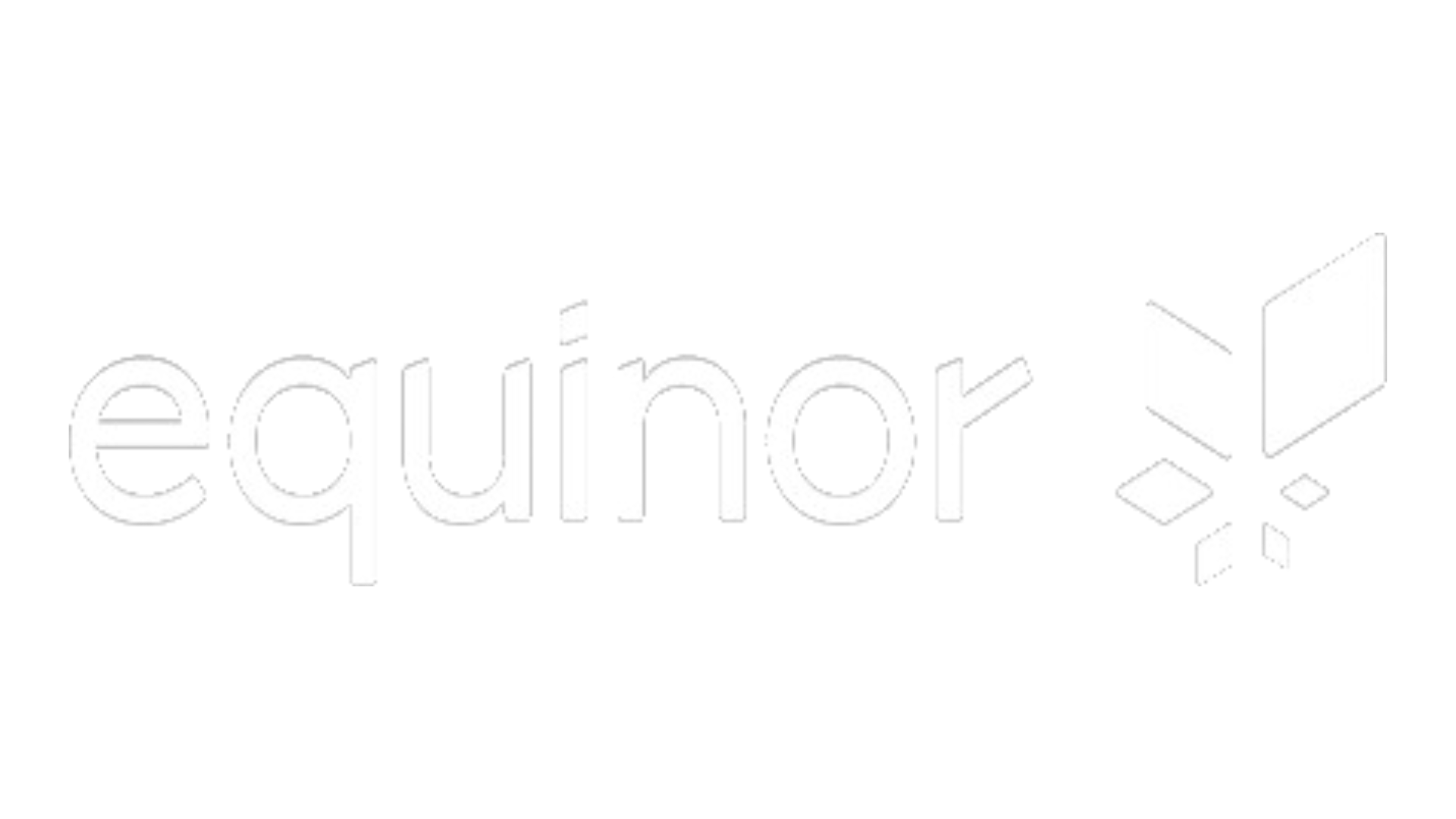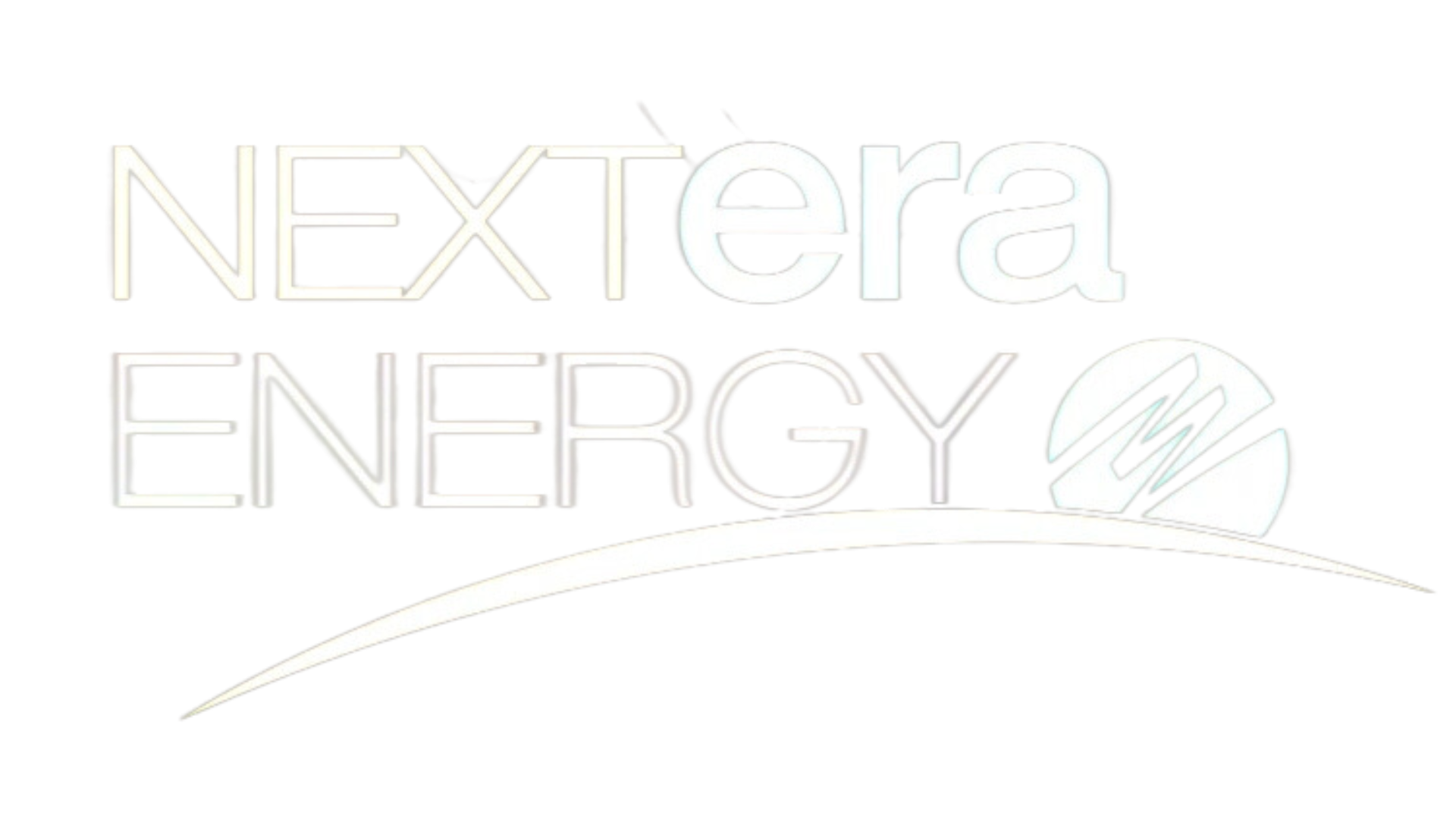By Peter Aronson While a school bus’s roaring ignition and noxious gasoline smell may bring a wisp of nostalgia to some of us, it comes at a steep cost in the form of emergency room visits, school absenteeism, and an overheating planet. The state’s fiscal year 2023 budget, passed in April 2022, established New York…
The growth of offshore wind infrastructure, an affordable renewable energy source which harnesses power from ocean winds, is leading the path towards a future of green electricity in New York. [Register for “Why Wind Works,” a Lunch and Learn presented by NYLCVEF and Citizens Campaign for the Environment on November 30 at noon.] Offshore wind…
New York City’s curbside composting program is coming to all five boroughs before the end of 2024, and the next stop is Brooklyn, with collections beginning on Monday, October 2. Under the leadership of Mayor Adams, curbside composting began as a pilot program in Queens, and in just three months it prevented a staggering 12.7…
Black Friday and Cyber Monday offer some of the best annual sales. However, they are also the heaviest consumerism days of the year, intensifying an already significant problem of electronic, clothing, and plastic waste. A 2019 survey found that up to 61% percent of Americans received an unwanted gift during the holidays, much of which will end up in landfills. Below are some tips on how to reduce your carbon footprint this season while still enjoying the discounts.
We’ve outlined a number of ways to cut down on unnecessary waste ahead of, during, and after the big meal this year.
This year marks the 50th anniversary of Earth Day. Check out our tips for celebrating earth day in quarantine.
In recognition of this global observance, we want to share some ways that you can help conserve and protect our water resources.
We released Breaking Down the Barriers to Renewable Energy Siting: Recommendations Report identifying recommendations to reform Article 10 and site large-scale renewable energy projects in New York State.
Barbeques are a beloved summer staple but it’s important that we practice sustainable barbequing to minimize our impact on the environment. We’ve compiled our top tips for greening your summer barbeque.









